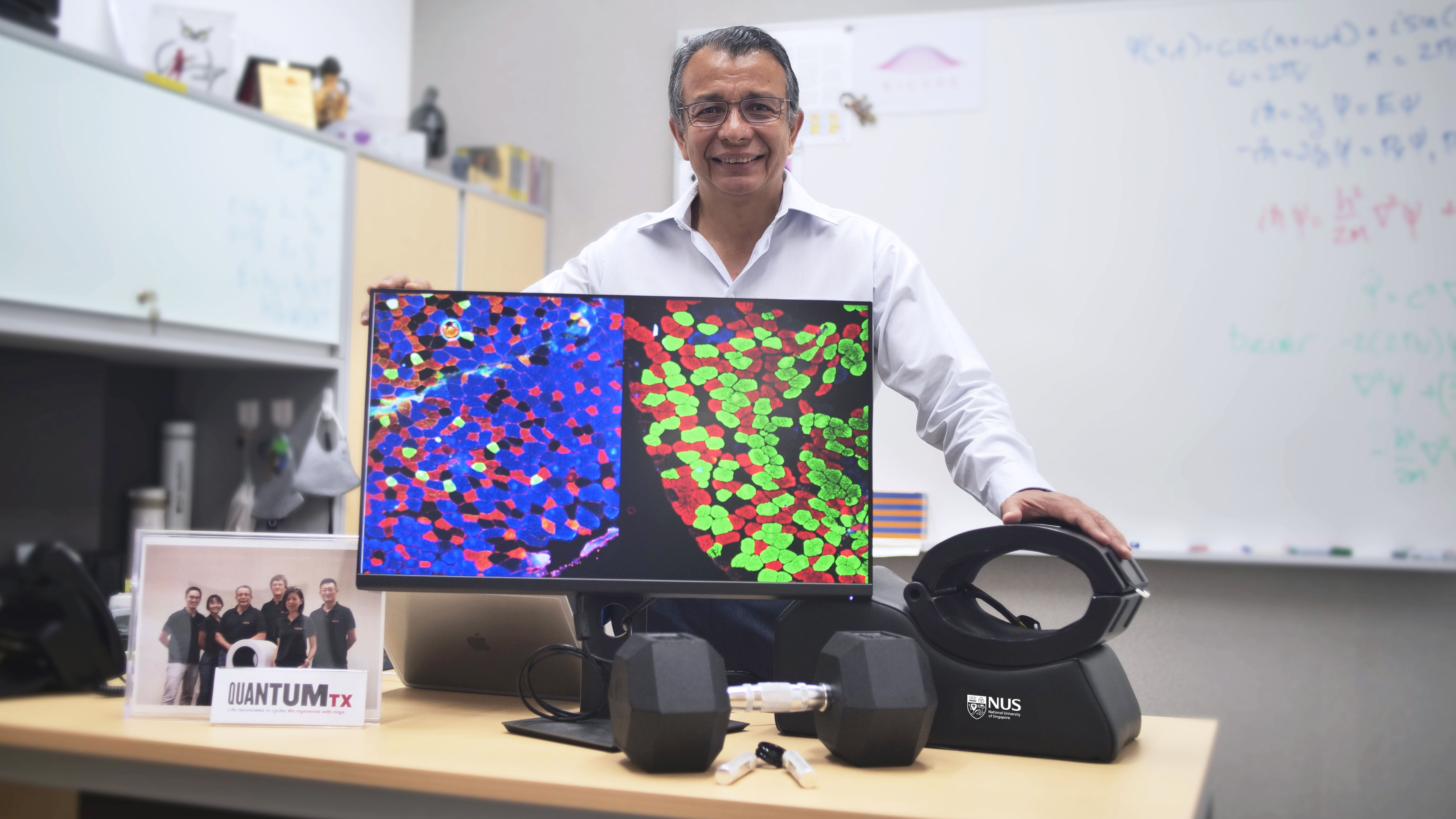New research from the University of Arkansas for Medical Sciences (UAMS) reveals that 100% ground beef packs a bigger punch for muscle protein synthesis than a soy-based counterpart. In fact, the study suggests that a person would need double the amount of soy-based protein to achieve the same results.
Published in the American Journal of Clinical Nutrition, the study examined the anabolic response — how the body builds muscle — after consuming a 4-ounce beef patty versus one or two 4-ounce patties of a soy-based product. The results? Just one serving of beef did the job, while two servings of the soy-based alternative were necessary to see the same muscle-building benefits.

